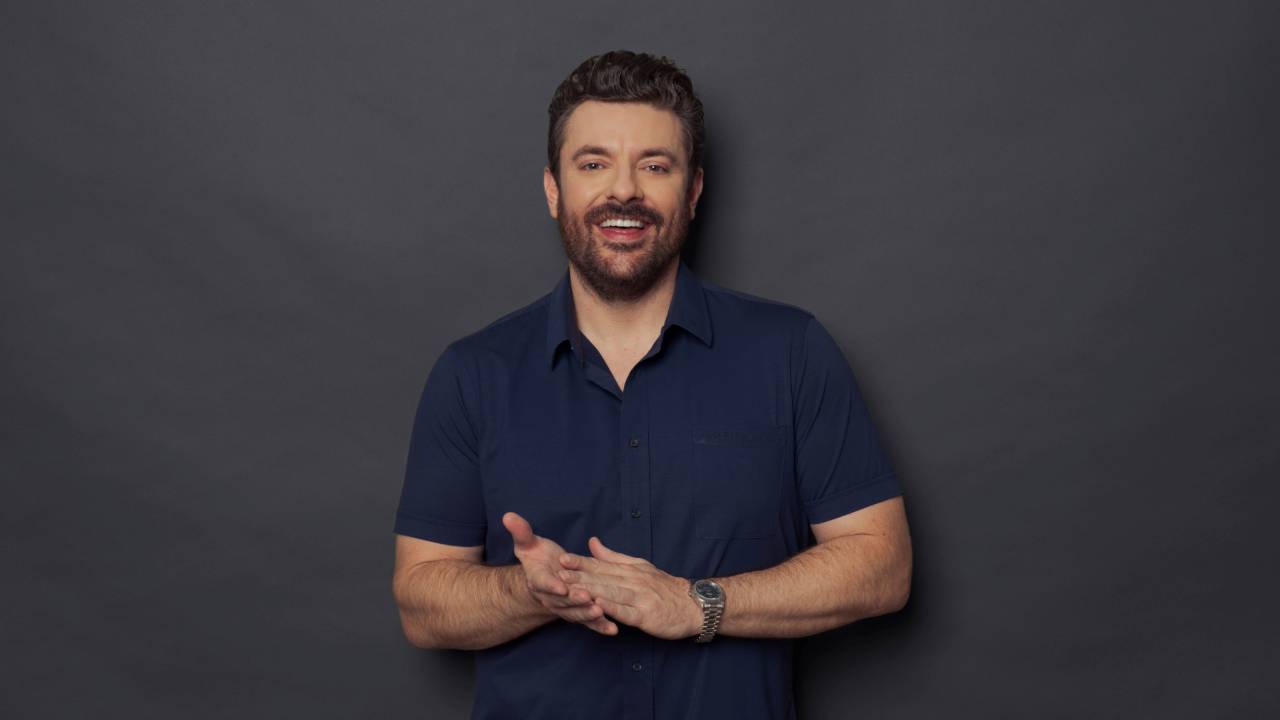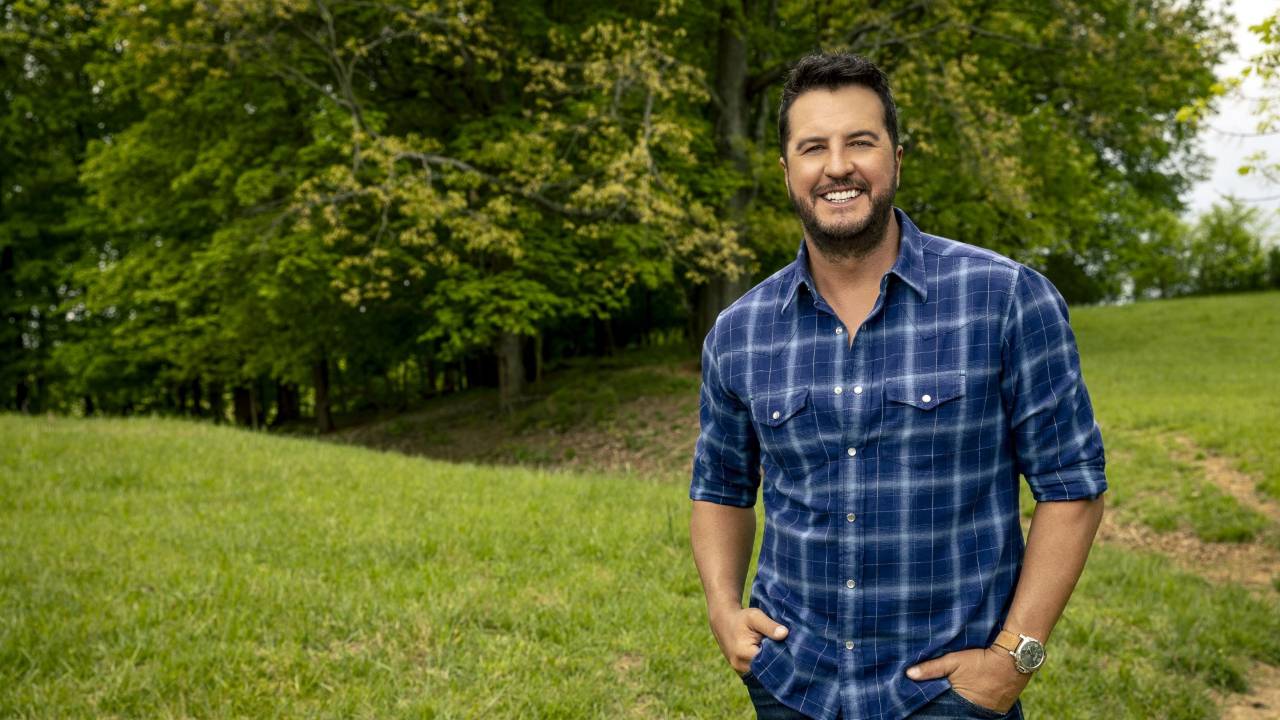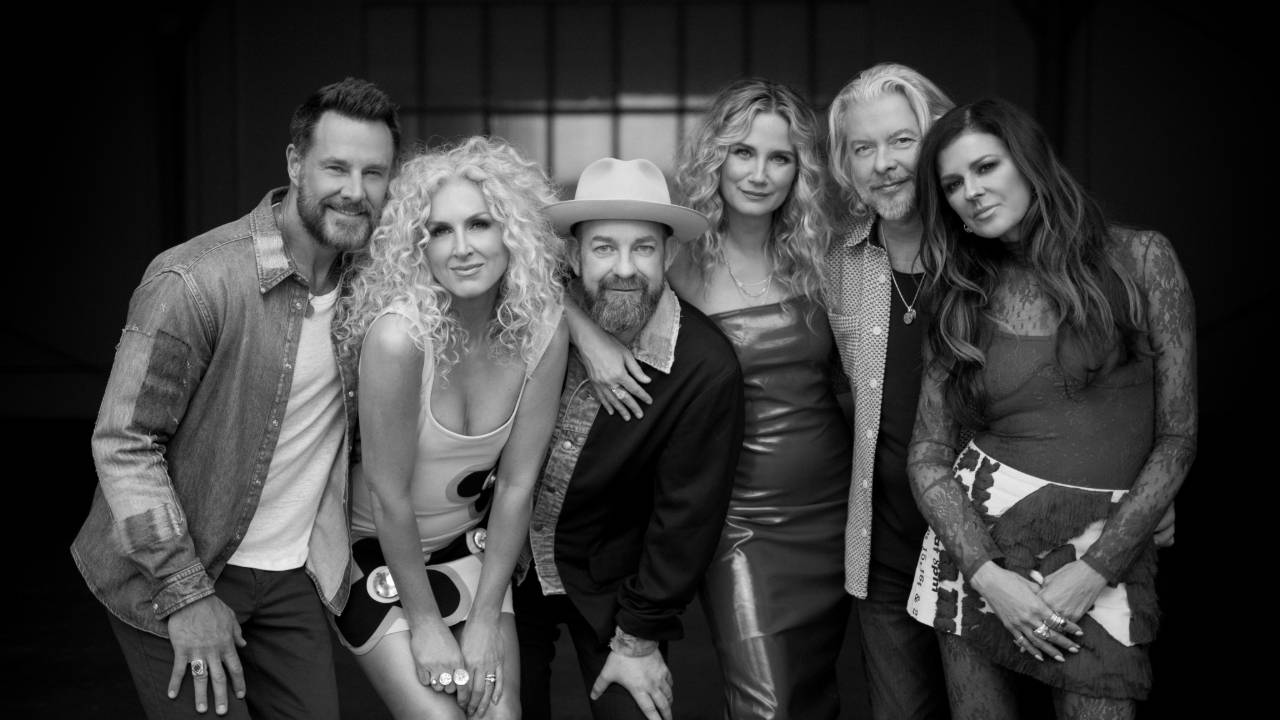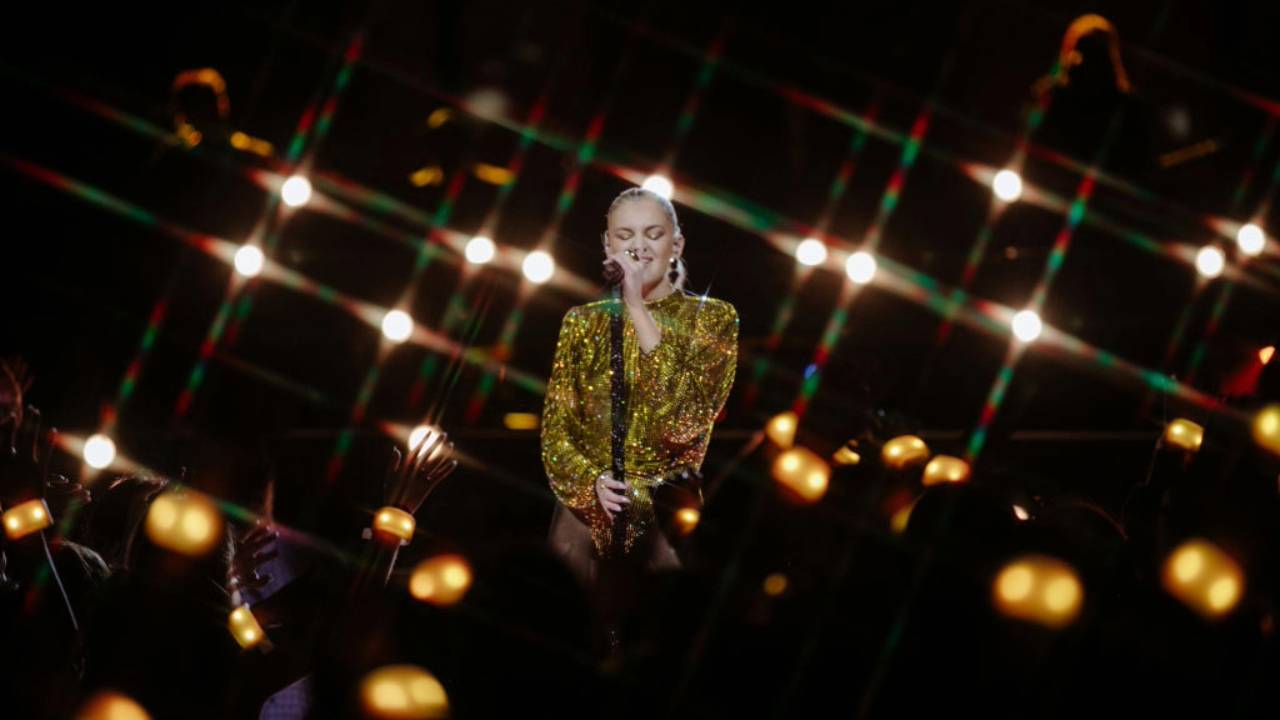Powerful Stuff: Skaggs and Friends Explore Monroe's Legacy on 'Big Mon'
In the introduction to his new biography of Bill Monroe, Richard D. Smith makes some powerful claims for his subject, calling Monroe "the most broadly talented and broadly influential figure in the history of American popular music."
Ricky Skaggs, a fellow Kentucky native, was 6 years old when he met Monroe. "I'm just one of the many thousands that he had an impact on," Skaggs writes in the notes to Big Mon: The Songs of Bill Monroe, a collection of performances by rock and country artists. Skaggs recruited the performers and helped match them with songs from Monroe's extensive repertoire. On Tuesday (Aug. 29) he will issue Big Mon on his own label, Skaggs Family Records. The former Country Music Association Entertainer of the Year joins country.com at 7 p.m. ET tonight (Aug. 28) for an online chat about the new album.
Even before Monroe died on Sept. 9, 1996, Skaggs already had been thinking about an album like Big Mon. Out of his passion for the man's music, he hoped to create a collection that would inspire appreciation for Monroe's work beyond bluegrass audiences who revere him already.
"We really tried to do this album to educate the rock 'n' roll crowd or the country music crowd," Skaggs said recently by phone from New York. "I don't think people realize his influence on American music. I don't think they realize that he was a singer, musician and a songwriter -- probably the first that ever came to Nashville.
"I don't know that Roy Acuff wrote that many of his own songs, and even Hank Williams, as good a songwriter and singer as he was, was not a great musician," he goes on to explain. "Mr. Monroe was one of the first triple stars in Nashville. I really wanted to tell that story, as much as anything."
To do that, he enlisted Bruce Hornsby, John Fogerty and Joan Osborne from the rock side. From the ranks of mainstream country artists, he called on the Dixie Chicks (with whom he has appeared this summer), Steve Wariner, Patty Loveless, Travis Tritt, Mary Chapin Carpenter, Charlie Daniels and Dwight Yoakam. Dolly Parton, whose recent bluegrass album returned her to the mountain music fold, contributed a track, as did The Whites (including Skaggs' wife, Sharon) and an all-star lineup of bluegrass pickers, who played on the instrumental title track.
Skaggs started with a long list of songs, offering two or three options to each artist. He proposed that Parton, for instance, consider re-doing "Mule Skinner Blues," a Jimmie Rodgers song she cut in Monroe's style in 1970. Not eager to revisit the past, Parton demurred. Skaggs then sent her "Cry Cry Darlin'," a Jimmy Newman song Monroe recorded in 1957. "She said, 'That's perfect. I used to sing that years ago,'" Skaggs says.
Picking between "Dark as the Night, Blue as the Day" and "Darling Corey," pianist and vocalist Hornsby chose the latter. "His piano is such a rhythmic force," Skaggs feels. "[The acoustic group on the record] was a full-sounding band without the hard drums and electric guitars [Hornsby normally uses]. I love his version of that. After cutting it and hearing it, I couldn't imagine starting the album off with anything else. It lets people know this ain't your normal bluegrass record. This is going to be something way different."
Skaggs collaborates with Osborne, who also hails from the Bluegrass State, on "On the Old Kentucky Shore." The pairing had its origins in 1997, when Skaggs was on hand for Monroe's posthumous induction into the Rock and Roll Hall of Fame as an "early influence." Skaggs was discussing plans for Big Mon with his manager, Stan Strickland, when Osborne's manager overheard them and asked that they consider her for the project.
Arrangements were made, and Osborne came to Nashville to cut her track, one of the last artists to do so. She actually met Skaggs for the first time when she arrived at the studio. Skaggs sings lead, Osborne sings Monroe's harmonies on the track. "She had learned his tenor parts inside and out," Skaggs says. "When Sharon heard us sing, she said 'Y'all sound like family singing.'"
Fogerty, who lived for a year or so in Nashville but has since moved away, agreed to do "Blue Moon of Kentucky," the Monroe song that helped launched Elvis Presley's rock 'n' roll career. Fogerty recalled hearing the Presley version when he was a kid in Oakland, Calif. Later, he discovered Monroe. For the session, Skaggs enlisted venerable slide guitarist Kayton Roberts, who worked for years with Hank Snow. Fogerty worked hard, Skaggs recalls, staying all day to cut his guitar solos and his vocals.
"I wanted them to have the freedom to do the record in their own sound," Skaggs says of the guidance he offered his cast. "This was not to try to do it like Bill did it. This was to try to take a great song that Bill Monroe recorded and make something special out of it. Why use a talent like Bruce Hornsby and try to make him do it just like Bill did it? That was not the idea."
Others have been doing Monroe's songs for years. After Presley cut "Blue Moon of Kentucky" in 1954 and it became a hit, he worried that Monroe might hold a grudge about the rock 'n' roll overhaul. In his book, Can't You Hear Me Callin': The Life of Bill Monroe, Smith recalls Presley's visit to the Grand Ole Opry on Oct. 2, 1954. When he met Monroe, Presley apologized for his version of the song. "If it helps your career," Monroe responded, "I'm for it 100 percent."
Skaggs shrugs off a few early reviews of Big Mon that seem to criticize the liberties he and his friends have taken with Monroe's songs.
"I really think he would have liked every song on here," Skaggs feels. "He would have wanted to thank, personally, every artist that sang on here. He would have been pleased to hear the different spheres his music has reached. He was a lot more open-minded than a lot of people gave him credit for being."





